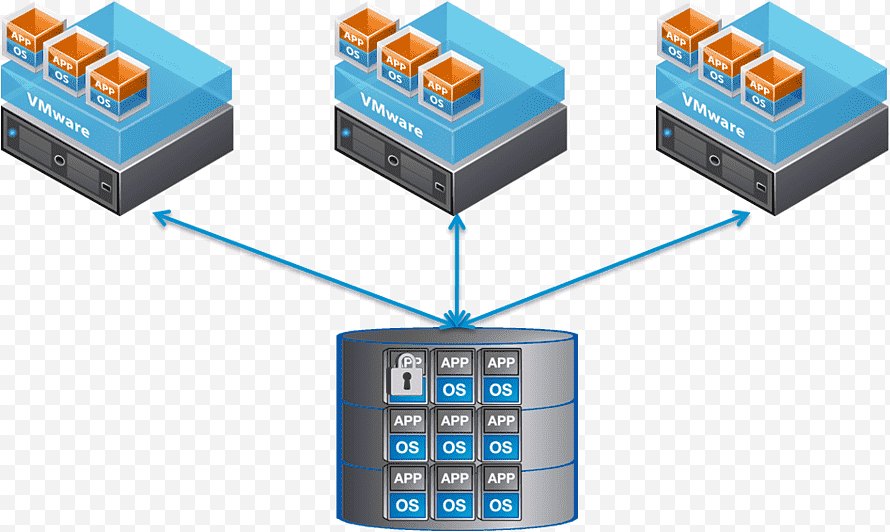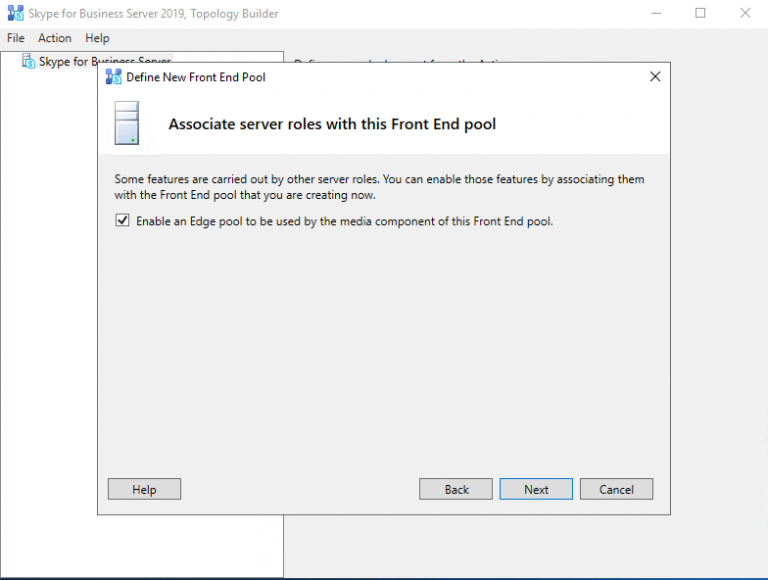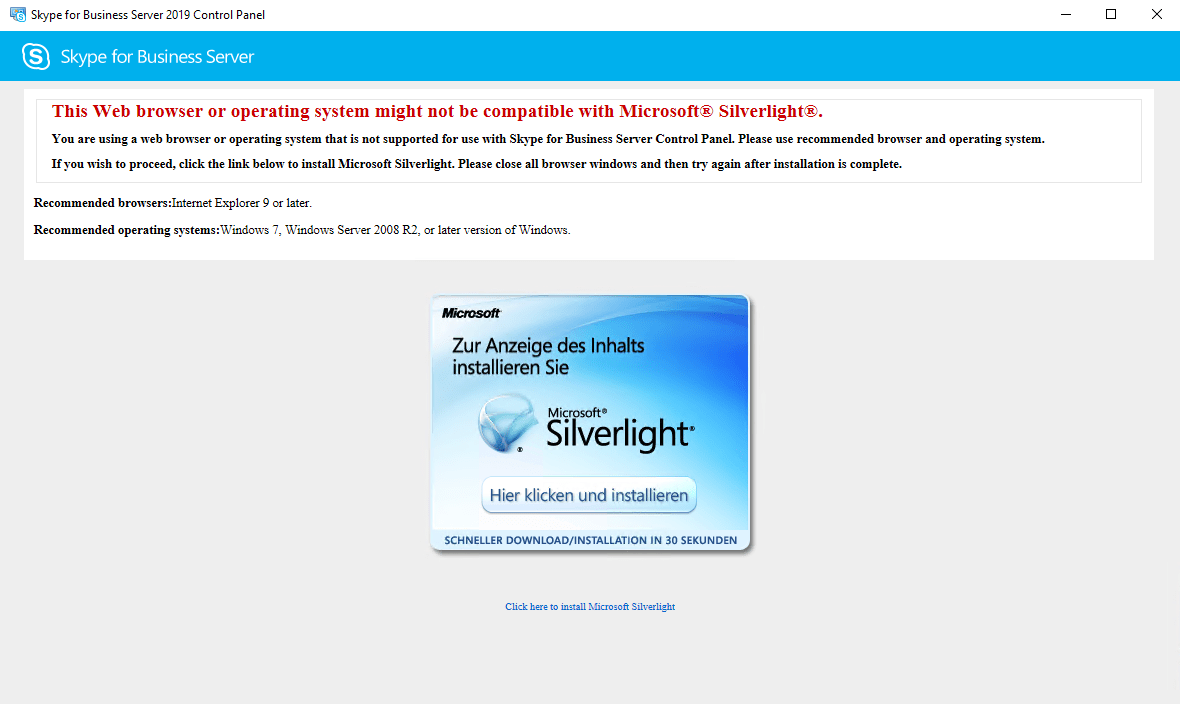

- Vsphere install skype for business server how to#
- Vsphere install skype for business server android#
- Vsphere install skype for business server software#
- Vsphere install skype for business server Pc#
- Vsphere install skype for business server license#

Click on Skype for Businessapplication icon. Once you found it, type Skype for Business in the search bar and press Search. Now, open the Emulator application you have installed and look for its search bar. If you do the above correctly, the Emulator app will be successfully installed.
Vsphere install skype for business server license#
Now click Next to accept the license agreement.įollow the on screen directives in order to install the application properly.
Vsphere install skype for business server Pc#
Once you have found it, click it to install the application or exe on your PC or Mac computer. Now that you have downloaded the emulator of your choice, go to the Downloads folder on your computer to locate the emulator or Bluestacks application. Step 2: Install the emulator on your PC or Mac
Vsphere install skype for business server software#
You can download the Bluestacks Pc or Mac software Here >. Most of the tutorials on the web recommends the Bluestacks app and I might be tempted to recommend it too, because you are more likely to easily find solutions online if you have trouble using the Bluestacks application on your computer.

If you want to use the application on your computer, first visit the Mac store or Windows AppStore and search for either the Bluestacks app or the Nox App >.
Vsphere install skype for business server android#
Obviously there might be security concerns when using CredSSP, but as far as I know this is still the recommended approach.Step 1: Download an Android emulator for PC and Mac Now if I try any of the cmdlets that require authentication to other servers, we won’t get any errors I am now creating a session with CredSSP as the authentication type, allowing the delegation to happen during this session. Now all I need to do is establish a new PS session with the server with a new parameter New-PSSession -ComputerName -Credential $creds -Authentication Credssp Now I am explicitly trusting that single server to act as a delegate with my credentials. This remote server will now accept CredSSP sessions from any client offering them.Īlright, now I’ll disconnect to the remote server and run the following command on my desktop and restart WinRM Enable-WSManCredSSP -Role Client -DelegateComputer Now restart WinRM on the remote server (this will disconnect the session) Restart-Service winrm Run the command Enable-WSManCredSSP -Role Server In my example, it will be the remote SfB server whom I already have a connection with. First, open a remote PS session with the server. Implementing CredSSPįortunately, enabling CredSSP is simple. The second hop is explained in great detail in these posts here and here. When using CredSSP, the delegate server (the server I am remoted into) will pass the credentials to the domain controller on my behalf when needed. CredSSP allows me to specify a server which I allow to utilize the credentials which I passed during authentication for the remote PowerShell session. Which credentials are going to be used when making this query to the DC? What’s happening is that running Get-CsUser requires a second hop - meaning I am asking the remote server to make a query to the domain controller (the second hop). It’s not really a problem, but it does require a quick work-around. It’s something known as the “second-hop problem” and is applicable to many other products. This is not actually a SfB specific problem.

Now let me try running a really common command, Get-CsUser. The result is a pretty unhelpful errorĪctive Directory error “-2147016672” occurred while searching for domain controllers in domain “home.lab”: “An operations error occurred.”Īnd in the exception, it says “ADTransientException” I can run all kinds of commands without issue, including some SfB-specific cmdlets like Get-CsWindowsService New-PSSession -ComputerName -Credential $creds I’ll open a remote PS session to my lab SfB server, which is just a SfB 2015 Standard Edition VM $creds = (Get-Credential) However, when trying to run many specific Skype for Business cmdlets, you may run into problems. Since Windows Server 2012 enables PS remoting by default, you don’t need to do anything special to run normal commands like Get-Service, Get-Process, etc…
Vsphere install skype for business server how to#
This post will show how to get PowerShell remoting to work properly with Lync/Skype for Business Server.


 0 kommentar(er)
0 kommentar(er)
